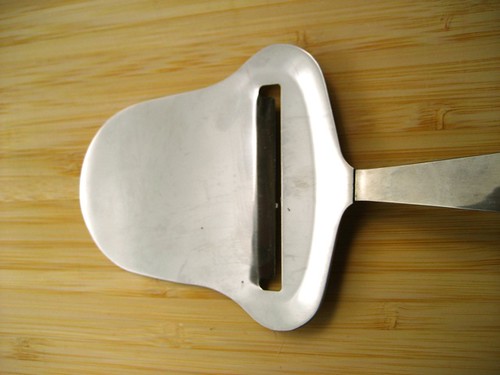Abstract Expressionism
Giorgio Cavallon
Giorgio Cavallon, Untitled, 1950
Giorgio Cavallon, Untitled, 1988
A. The elements used in these artworks Shape and how they are repeated throughout the work. Many different colors is used are used to distinguish the different squares. B. The two works sit between harmony and contrast because of the way the shapes are all over the place but still organized enough to be recognized. C. The shapes help the viewer see the repetition by making the viewer look around the page noticing the different patterns.
Jackson Pollock
Jackson Pollock, Shimmering Substance, 1946
Jackson Pollock, Full Fathom Five, 1947
A. Line and color is used to show the repetition in these pieces. B. These two artworks sit more near the contrast and choas side because how the lines are thrown everywhere on the page, making it seem like a mess. C. The line and colors are repeated in each artwork very heavily making your eye see the same type of design everywhere on the picture.
Minimalism
Dan Flavin
Dan Flavin, untitled(In honor of Harold Joachim), 1977
Dan Flavin, untitled(Marfa Project), 1996
A. The fluorescent lights and line patterns are used to show repetition. B. The artwork leans more on the harmony side becauses of how its designed in which the lights are set up stuctured way that looks like a pattern. C. The light and colors makes your eye focus on the art while the lines make you look around the the picture making you feel like a fly going near a bug zapper.
Frank Stella
Frank Stella, Harran II, 1967
Frank Stella,Sinjerli Variation IV, 1977
A. Color, shapes, and lines are used to show repetition in these two artworks. B. They sit on the harmony side becauce of how organized and symmetric the shapes are next to each other. C. The lines and how they connect within the shapes shows repetition because the they all move in the same direction making circles or squares.
Post Minimalism
Eve Hesse
Eve Hesse, Metronomic Irregularity I, 1966
Eve Hesse, Right After, 1969
A.Line and space are used in both artworks to make repetition. B.They both sit near the contrast side because of how the sting is spread out and stretches out all over the place. C. Repetition is shown when you see the continuance loops of strings going across the space in the artwork.
Keith Milow
Keith Milow, Cross drawings, 1999
Keith Milow, After Words, 2008
A. Shape is are involved in the repetition. B. Both works lean more near the harmony side because it looks more like a patteren. C. The picture at the top repeats the same design to show repetition while the one at the bottom shows the same design but spaced out.
Today (Within the past ten years)
Ranjani Shetter
Ranjani Shetter, Just a bit more, 2006
Ranjani Shettar, In Bloom, 2004
A.Shape is the element used in both of the artworks. B. The work sits more near the harmony side because how the shapes look the same and are close together. C.When looking at the two pieces you see the same basic shape moving throughout the two pieces.
Richard Rezac
Richard Rezac, Untitled, 2001
Richard Rezac, Untitled, 2007
A.Line and shape is used as the main element in the pieces repetition. B.The work sits near the harmony side of the spectrum because of how they both are very organized and a certain pattern to them. C. The line in the pieces move your eye from left to right or across like in the first picture where the line connects to one ball to the next.


